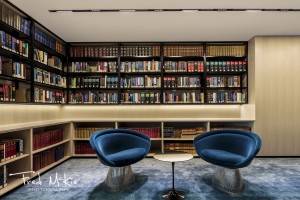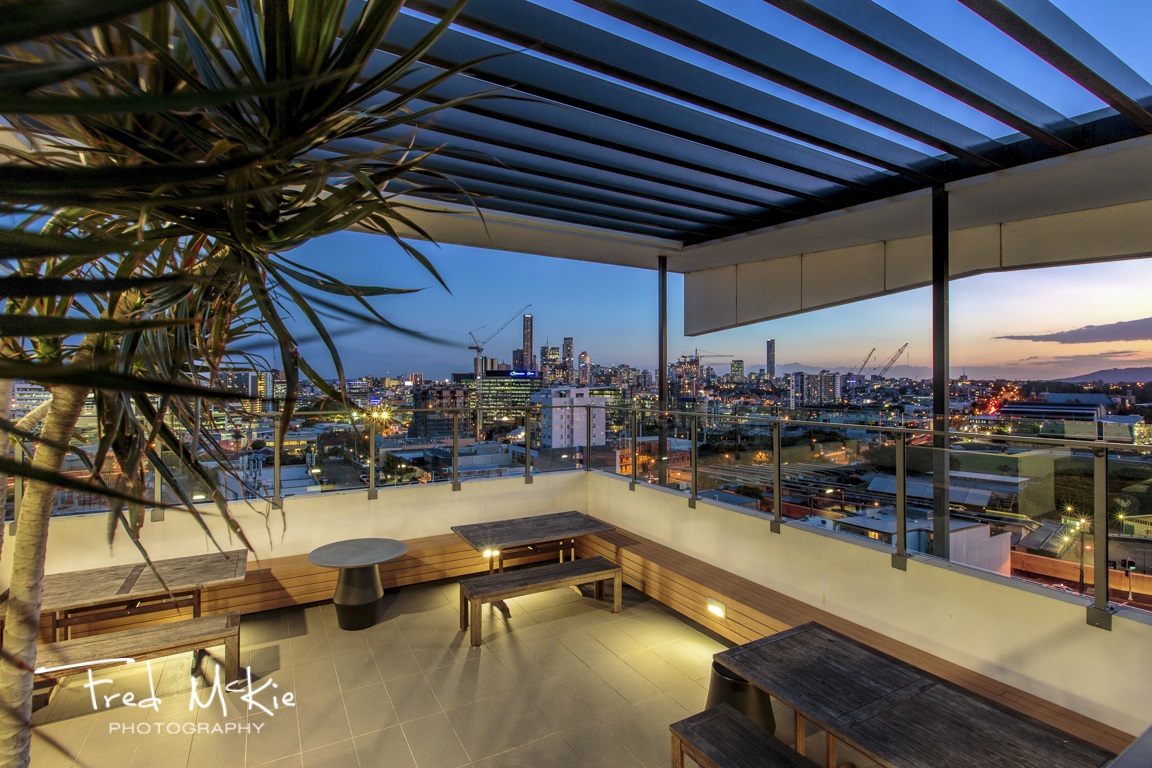 Photography
Photography
Why you Should Build your Marketing Plan Around Photography – No Matter How Big or Small Your Business Is
It’s no secret among top entrepreneurs and marketing gurus that quality imagery takes on huge importance in promotions via digital marketing platforms – and remains a vital part of any advertising campaign.
Put simply: Investing in great photography pays great dividends because it is one of the primary triggers that can generate sales.
Why? Consumers become animated by what they perceive as quality products and services. The best way to drive business your way is to get potential customers or clients excited about what you can offer them. And in the internet age, now people have shorter attention spans and we’re all constantly bombarded by media from all angles, cutting through the white noise and making your business immediately stand out is essential.
Yet photography is an area often overlooked by the little guys – independent operators, small business owners and startups harbouring big dreams – to their detriment. It’s obviously much cheaper to do-it-yourself, bring in a friend or friend-of-a-friend who has a DSLR camera (even if they’ve only just bought it) or use microstock.
These are all traps. Going up against the big boys is tough enough, without handicapping yourself … and it’s still a truism today that you get what you pay for.
Sure, you or that hobbyist you know (or sort of know) may enjoy photography and get some likes on a personal Instagram page, but that doesn’t equate to being the best person to try to capture the essence of your business’s unique offering – or create an emotive connection with the viewer through visual storytelling that results in an urge to purchase. Certainly if you end up with grainy, lopsided, blown out images or dark and dingy shots, or it’s unclear to the viewer what the photograph is trying to portray, it’s hardly going to draw them in and be your best weapon in the advertising battle.
Likewise, you can certainly get some very cool – and ridiculously cheap – images via  microstock sites. But beware! You run the risk of your competitors using the exact same photographs on their website or printed marketing materials, which is embarrassing and reflects poorly on the both of you … especially if neither of you realise and act to remedy the situation. This happens far too often than it should and can be quite damaging to your brand. People, more than ever, love businesses who keep it real.
microstock sites. But beware! You run the risk of your competitors using the exact same photographs on their website or printed marketing materials, which is embarrassing and reflects poorly on the both of you … especially if neither of you realise and act to remedy the situation. This happens far too often than it should and can be quite damaging to your brand. People, more than ever, love businesses who keep it real.
Finding the right photographer
 Keep in mind that I’m not advocating using any old professional photographer. There is some crossover, of course, but generally pros operate either in the domestic arena (weddings, family portraits, baby photos etc) or in the world of commercial realities (essentially a B2B service, creating imagery for businesses that portrays them in the best possible light and enhances the marketing message they wish to convey by reinforcing it visually). There’s a big difference – even copyright laws differ!
Keep in mind that I’m not advocating using any old professional photographer. There is some crossover, of course, but generally pros operate either in the domestic arena (weddings, family portraits, baby photos etc) or in the world of commercial realities (essentially a B2B service, creating imagery for businesses that portrays them in the best possible light and enhances the marketing message they wish to convey by reinforcing it visually). There’s a big difference – even copyright laws differ!
Excellent photography is all about paying the proper attention to the finer points, things that you might overlook if not for the professional touch. Relevant experience is invaluable and a proven performer is worth every cent. I believe wholeheartedly in the power of imagery that is transporting, memorable and tells a story. If you choose the right photographer, it can help propel your business brand forward.
Look for a professional who has experience in assisting businesses within your industry or an obvious passion for similar work. I highly recommend also opting for an accredited member of a reputable photography body – such as the Australian Institute of Professional Photography (AIPP). This means, among other things, the photographer has been assessed by peers as maintaining an expected level of craftsmanship, is commitment to ongoing professional development and is bound by an industry code of ethics.
Be sure to check out their portfolio and make sure you like their style; 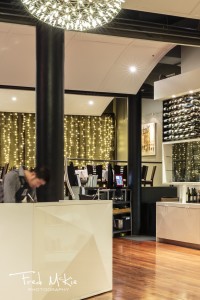 also, when first making contact, don’t be afraid of asking the photographer if they can show you some of their work beyond their portfolio. For example, a photo set showcasing a wider range of images shot for another client. (Depending on agreements in place with clients, in some instances this may not be possible, but having this peek behind the curtain will give you a better idea of their consistency in producing images of a high standard across the one project. It’s great for peace of mind.)
also, when first making contact, don’t be afraid of asking the photographer if they can show you some of their work beyond their portfolio. For example, a photo set showcasing a wider range of images shot for another client. (Depending on agreements in place with clients, in some instances this may not be possible, but having this peek behind the curtain will give you a better idea of their consistency in producing images of a high standard across the one project. It’s great for peace of mind.)
Reap the Rewards
In essence, the old maxim of a picture being worth a thousand words has never been more pertinent. If you’re going to spend money on a website, brochures, flyers or even social media marketing campaigns – let alone billboards – it makes complete sense to first invest in an image library that will evoke the right emotions.
Whether it gives 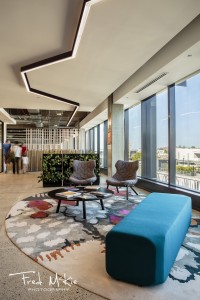 you an advantage over your competitors, or simply allows you to catch up and start increasing your share of the pie again, done the right way it’s well worth it.
you an advantage over your competitors, or simply allows you to catch up and start increasing your share of the pie again, done the right way it’s well worth it.
Without the correct imagery, you may as well be tipping your advertising dollars down the drain, so be sure to put photography front and centre in your mind when it comes to determining your marketing plan.
fredmckiephotography.com.au
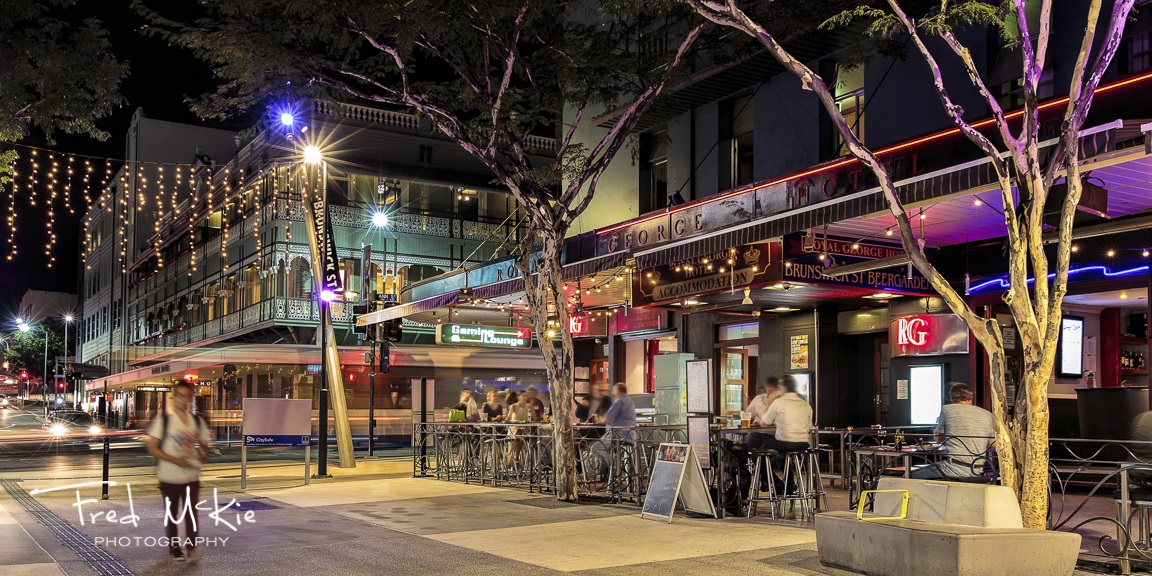
Patrons enjoying themselves at the Royal George Hotel in Brunswick Street Mall, Fortitude Valley, Brisbane, Queensland, Australia.

